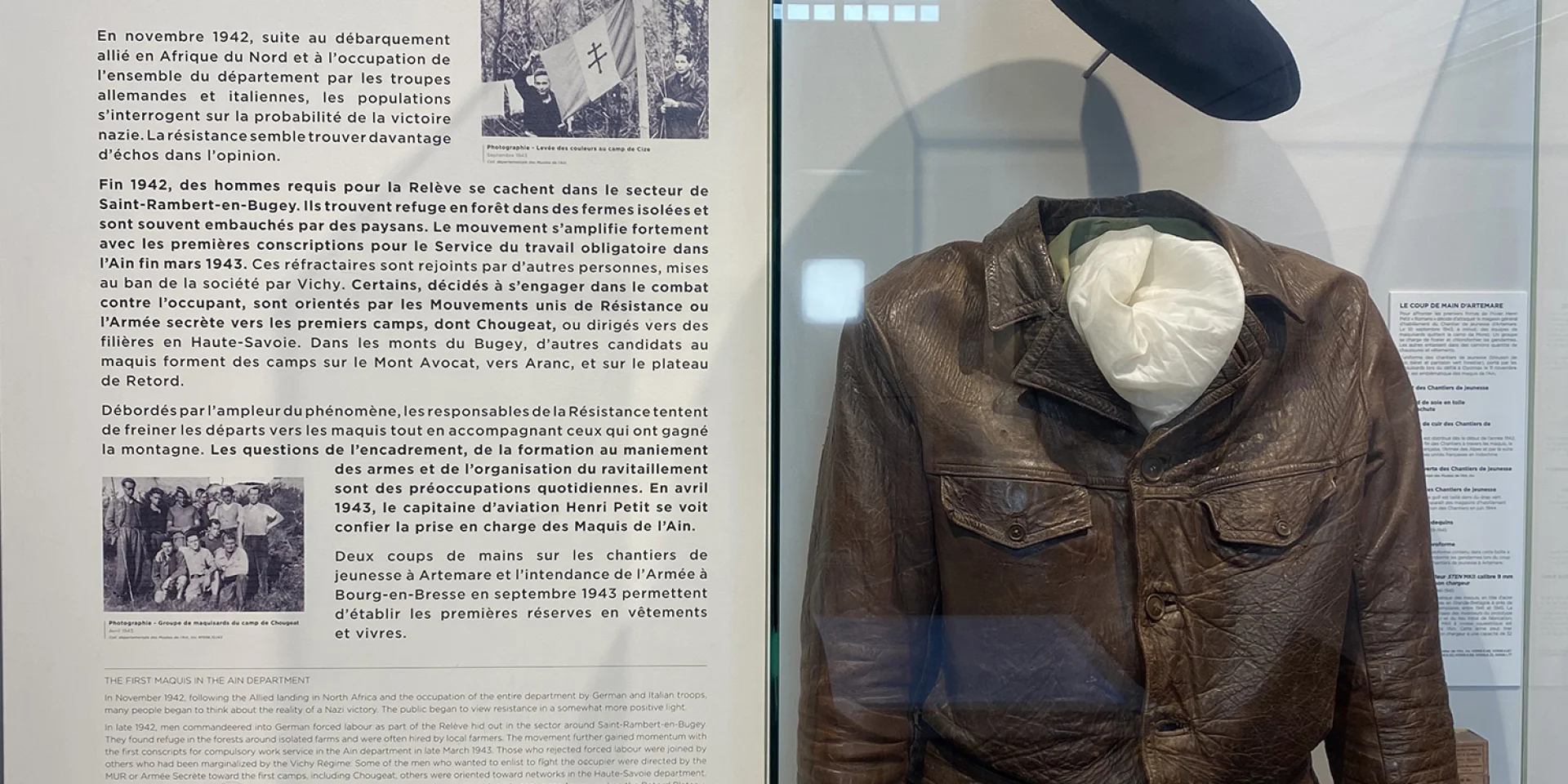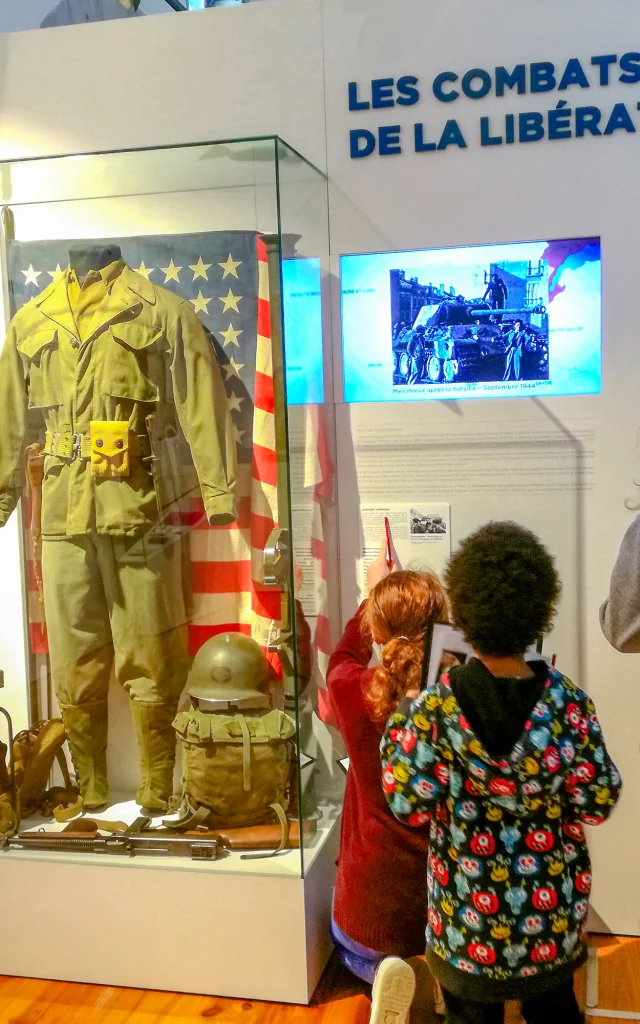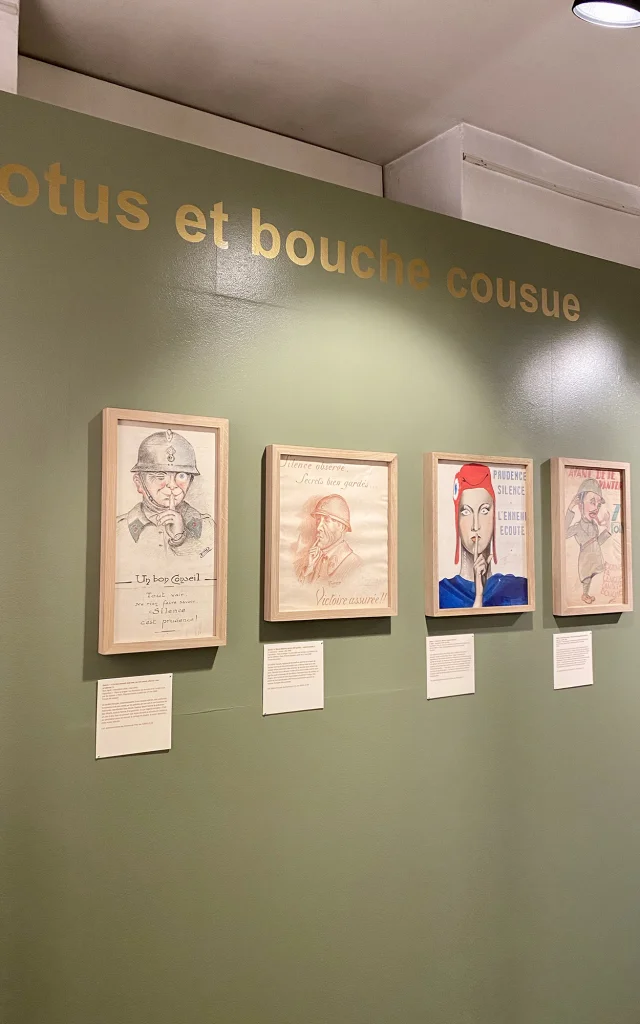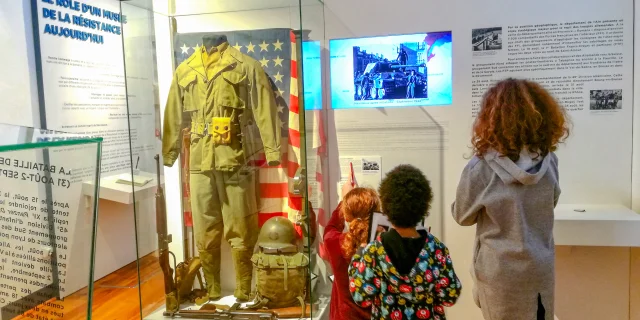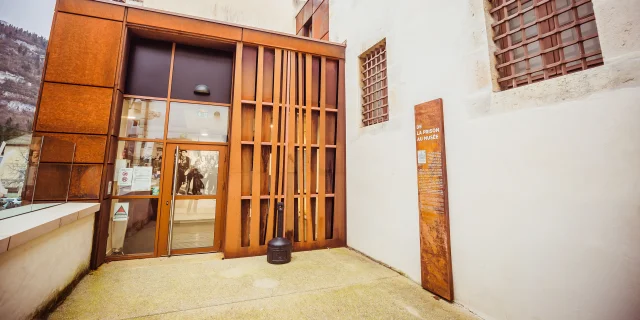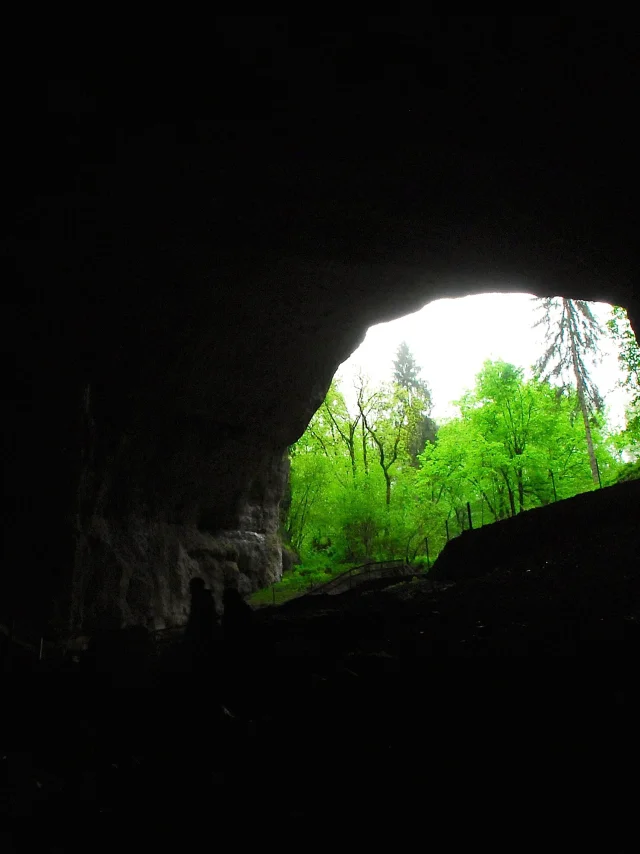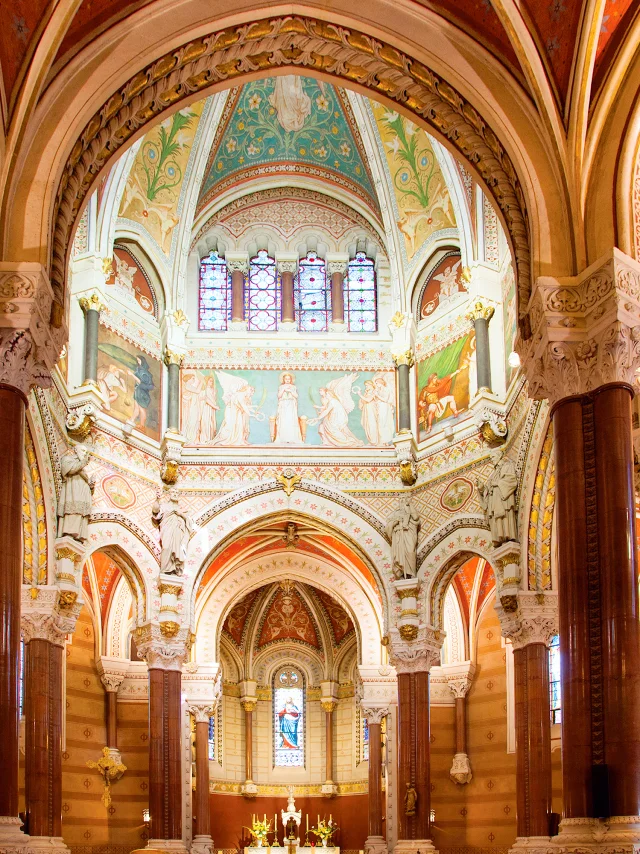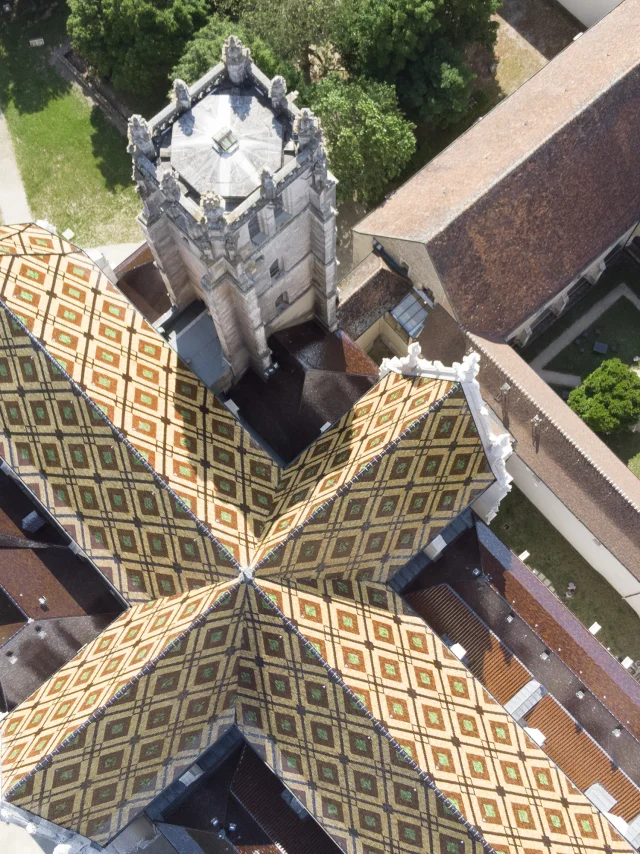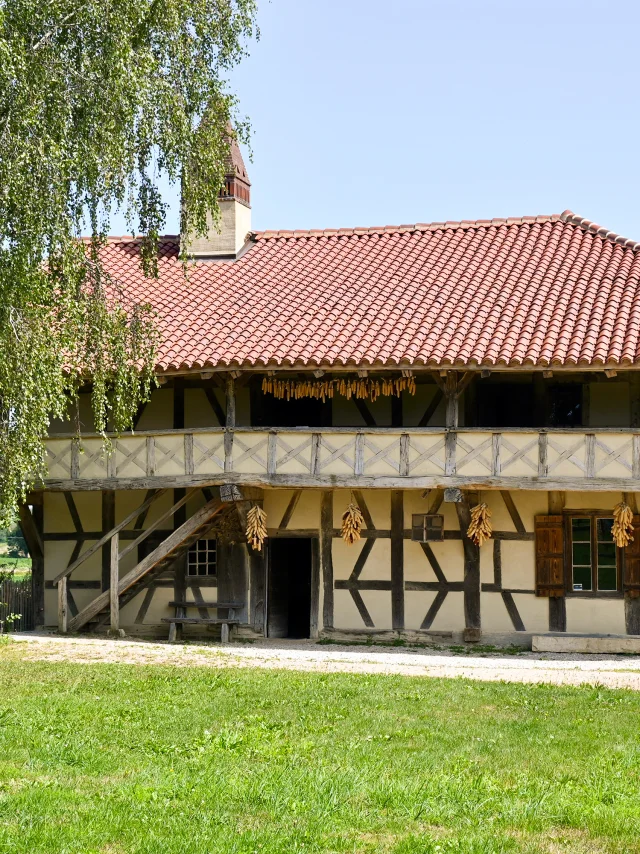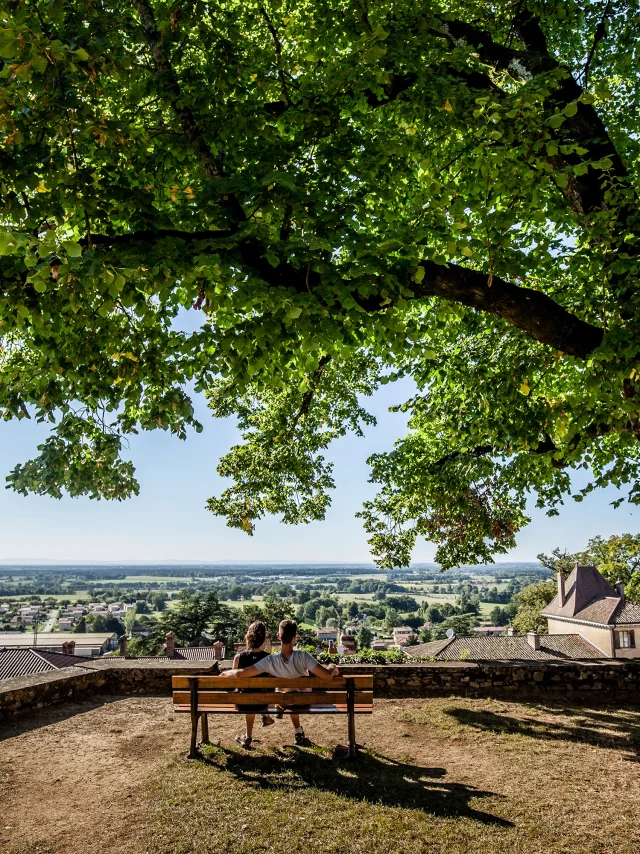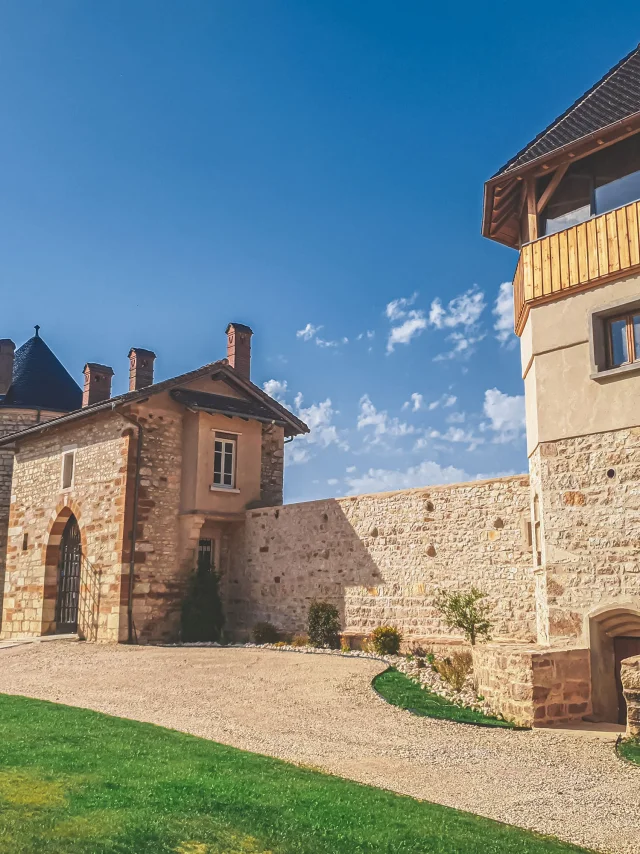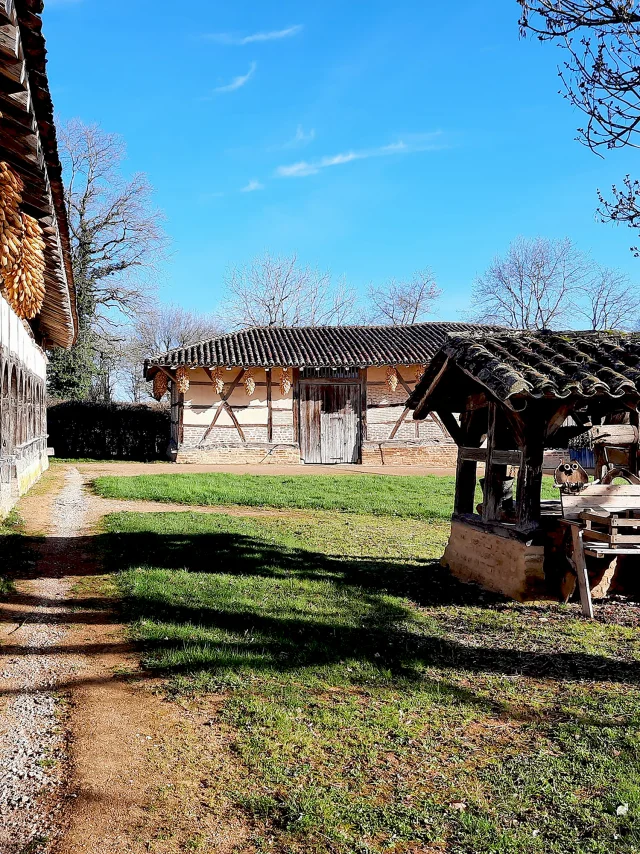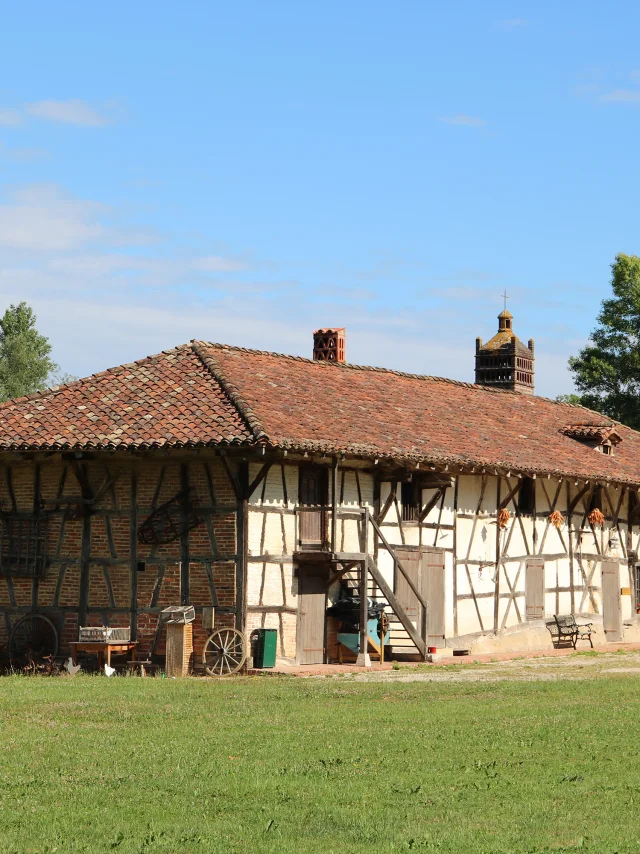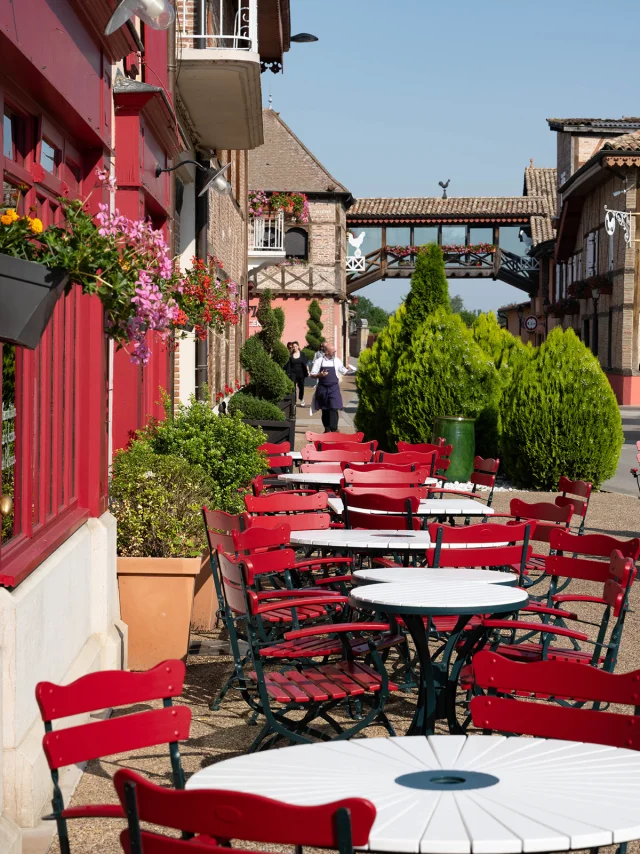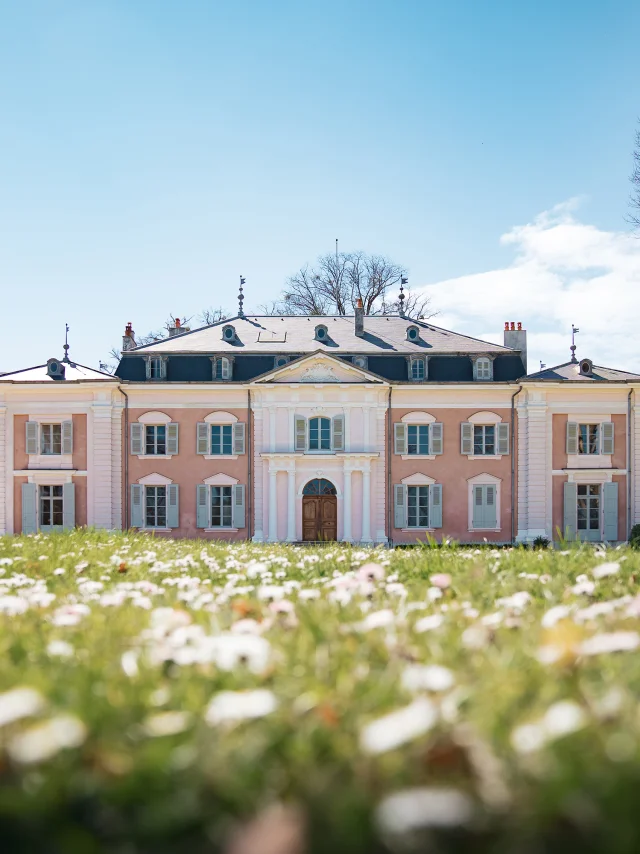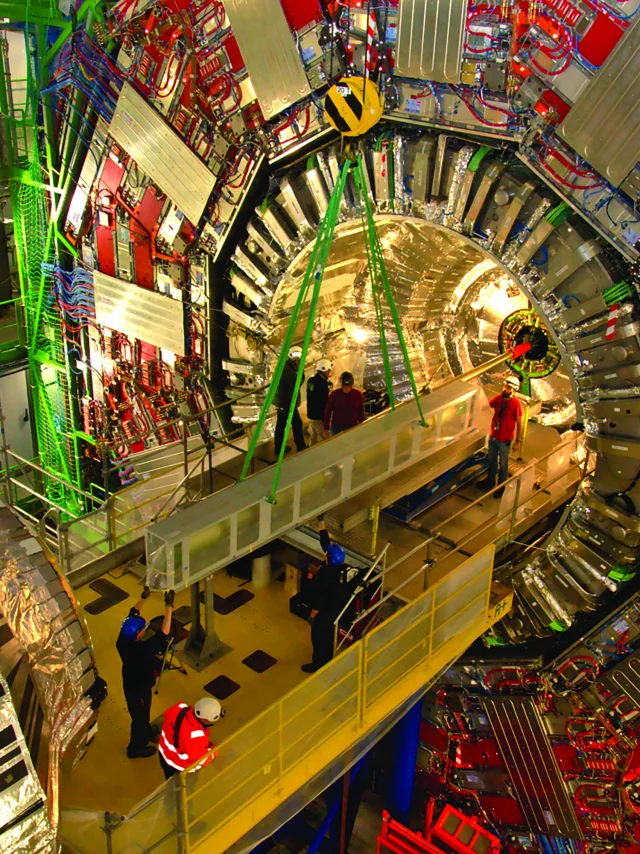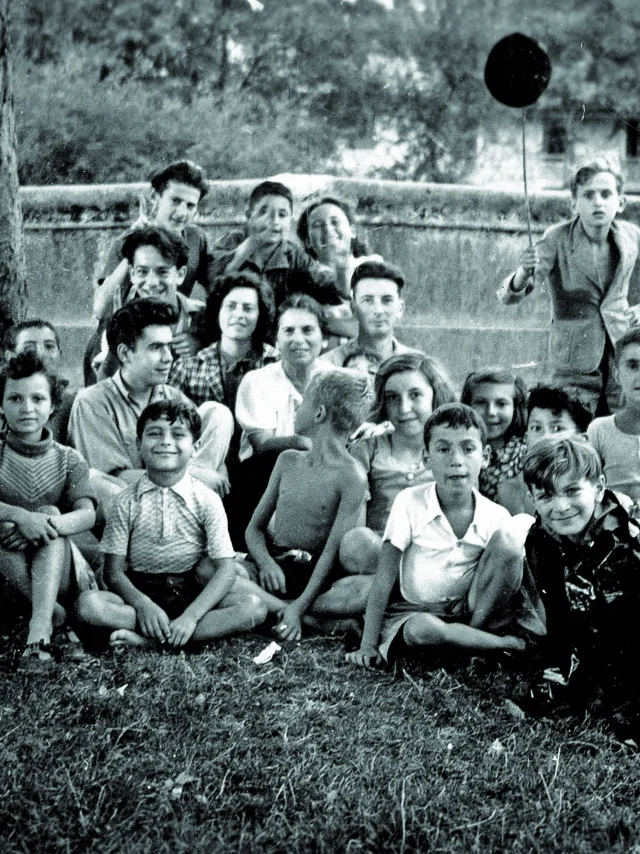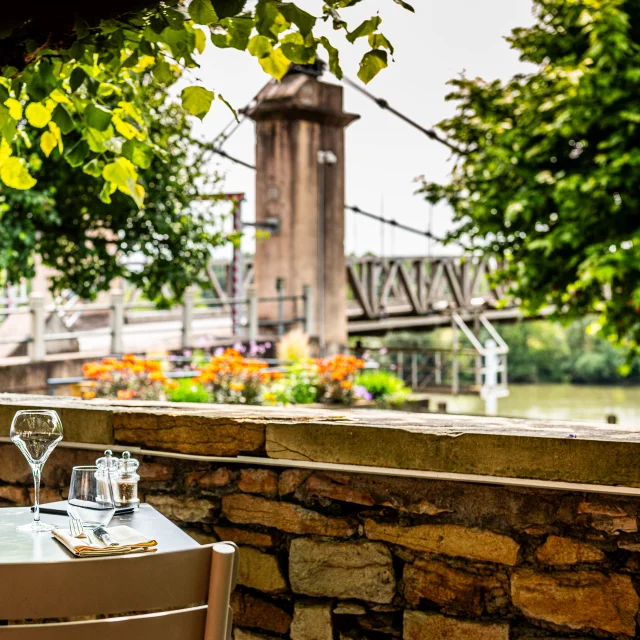Daily life during the war
Through the experiences of the people of the Ain region, you can discover a key period in history. From repression and persecution of civilians, Resistance fighters and Jews, to strategic issues and life stories, the museum approaches the history of the Second World War with the hindsight of scientific research, while remaining at a human level.
As you tour the museum, you’ll learn about daily life under the Occupation from 1939 to 1945. It’s an invitation to reflect on the commitment of these combatants, these maquisards, men and women, who fought to preserve the spirit of the Republic and re-establish Freedom.
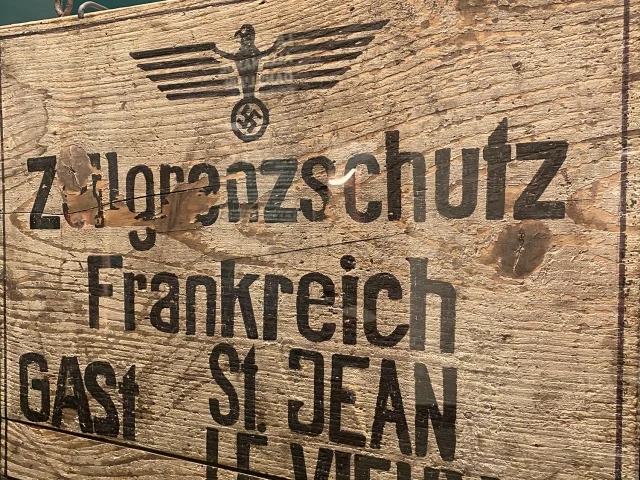 Museum of the Resistance
Museum of the Resistance